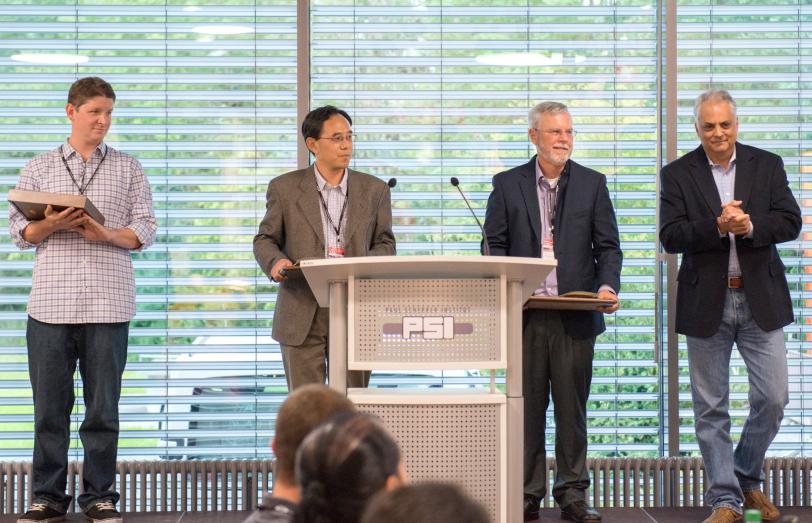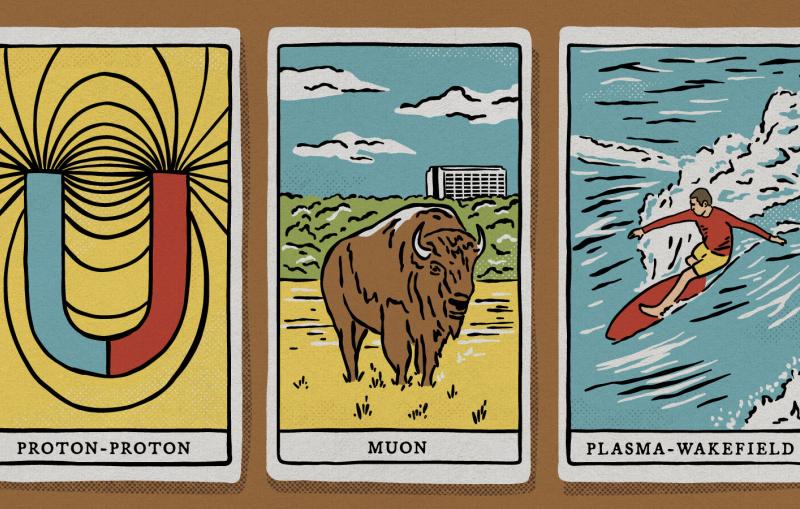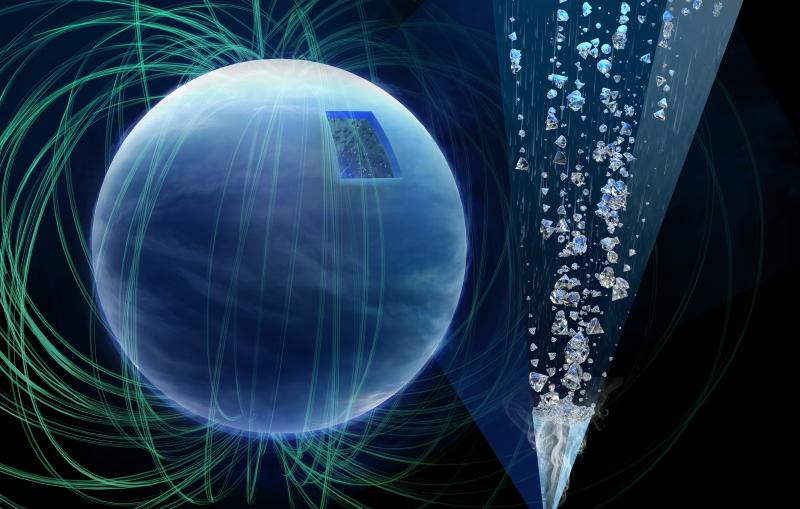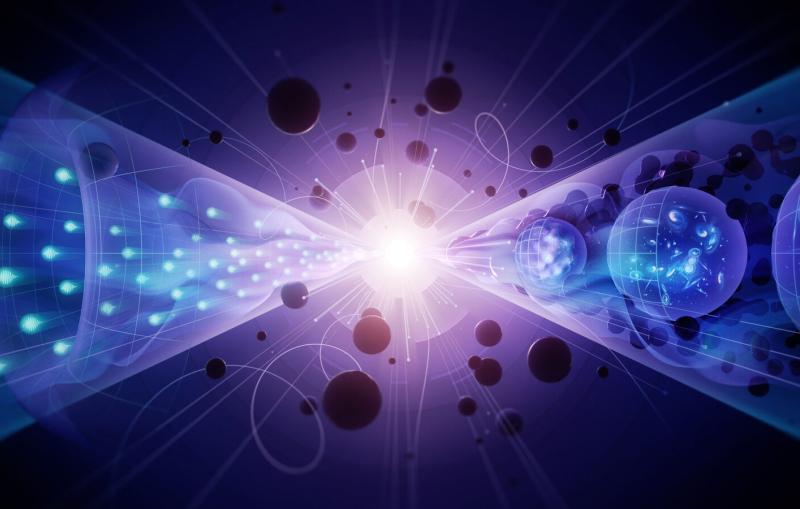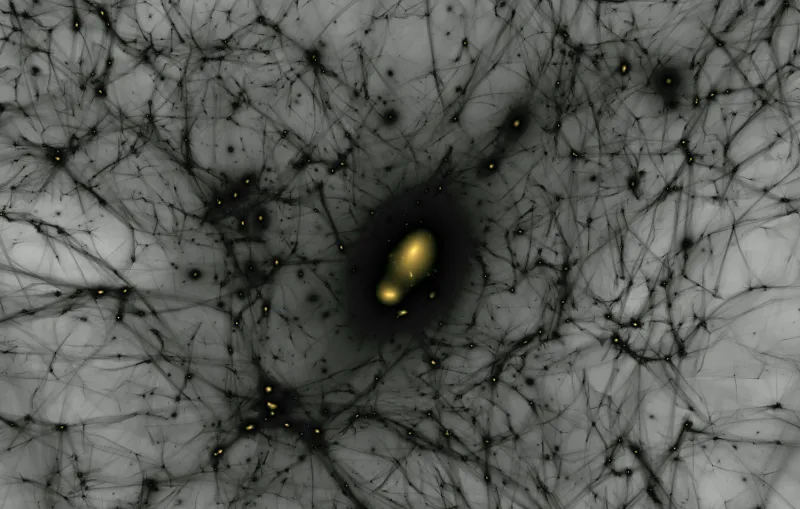SLAC Scientists Win Prizes for X-ray Laser Work
Three scientists at SLAC National Accelerator Laboratory have received international prizes for their achievements in free-electron laser science.
Three scientists at the Department of Energy's SLAC National Accelerator Laboratory received international prizes for their achievements in free-electron laser science, a field that has rapidly accelerated since the launch of SLAC's X-ray laser five years ago.
The annual prizes were awarded Aug. 27 during FEL 2014, the 36th International Free Electron Laser Conference, in Basel, Switzerland. The SLAC winners are:
- Zhirong Huang, a SLAC associate professor of photon science and PPA who has participated in pioneering projects related to the design and improvement of SLAC's Linac Coherent Light Source (LCLS) X-ray laser, a Department of Energy Office of Science User Facility. He is a co-recipient of the 2014 FEL Prize, which recognizes significant contributions to the field.
- William Fawley, formerly of Lawrence Berkeley National Laboratory who now supports X-ray FEL R&D at SLAC, shares this year's FEL Prize with Huang for his work in developing early FEL simulation codes, among other contributions. Fawley collaborates with the SLAC FEL theory group led by Huang, and has been working on a separate FEL project, FERMI@Elettra, in Trieste, Italy.
- Erik Hemsing, an associate staff scientist at SLAC, received the Young FEL Scientist Award for finding a new way to create beams of spiraling light, or "twisted light."
"A lot of the people who have won the prize before me are my mentors and collaborators," said Huang, who worked on X-ray FEL theory and an FEL test facility at Argonne National Laboratory before joining SLAC in 2002. "It's a really great honor to join them."
Huang helped to build a "laser heater" that suppresses instability in SLAC's linear accelerator in order for the electron bunches to emit intense X-ray light at LCLS, and he was part of the team that started up LCLS five years ago.
More recently, he helped lead an effort to produce more intense X-ray pulses in a narrower band of wavelengths at LCLS, a process known as "self-seeding." Huang also oversaw construction of a device that measures the duration of LCLS pulses.
Fawley said of his award, "It is certainly a nice honor, but for me the real enjoyment is the recognition of all the work done with my collaborators" over the past several decades. He said he is probably best known in the FEL community for co-creating FEL simulation codes that supported high-power FEL research led by Lawrence Livermore National Laboratory in the 1980s and was later used to help investigate the properties of FEL designs like the LCLS. Recently, Fawley and Huang collaborated on a paper that characterizes the enhanced performance of a seeded FEL using the laser heater.
Hemsing said, "I feel lucky to have the privilege to work alongside many of those who have made significant contributions to the FEL field over the last few decades."
Besides his study of twisted light, which has applications ranging from astronomy to fiber optics, Hemsing also has worked on a technique for tuning an electron beam with a laser to produce very short pulses of light with more predictable properties.
Several new XFELs are under construction around the globe, including projects in Korea, Switzerland and Germany, adding to the XFELs already operating at SLAC and at labs in Germany and Japan.
"I am surprised at the versatility of these machines, and at the speed at which good, new ideas are brought to reality," Hemsing said. "It's still a wide-open field."
Related articles:
Contact
For questions or comments, contact the SLAC Office of Communications at communications@slac.stanford.edu.
SLAC is a multi-program laboratory exploring frontier questions in photon science, astrophysics, particle physics and accelerator research. Located in Menlo Park, Calif., SLAC is operated by Stanford University for the U.S. Department of Energy's Office of Science.
SLAC National Accelerator Laboratory is supported by the Office of Science of the U.S. Department of Energy. The Office of Science is the single largest supporter of basic research in the physical sciences in the United States, and is working to address some of the most pressing challenges of our time. For more information, please visit science.energy.gov.
